Hiking in the Spanish Desert
Paul Grant hikes the breath-taking Wild-West vistas of Europe's only real desert – Cabo de Gata, Almería – and finds a unique landscape that only narrowly avoided becoming the next Benidorm.
Navigating my way along an assortment of ridges and cliffs, I descend a hillside punctuated with pale flowers and come to a stop on a deserted black-sand beach. Not since my filling breakfast of tortilla patata and black coffee have I seen another soul.

Clouds of spiky-leaved, wild aloes have colonised the zone behind the beach. From them jut narrow flower stems, creating the illusion of up-ended palms in a coastal painting by Dali.
Eyeing the sea I decide to take a dip. After a few minutes of being enveloped by the cold water I return to the warmth of the beach, from where I spot the shelter.
Secreted under a section of angry, volcanic black rock, the entrance is partly occluded by palm fronds. Peeking into the dark interior I spy a bench apparently fashioned from driftwood, accompanied by a few empty buckets. What castaway has been inhabiting this strange lightless space?
Just in time I notice the overhang, narrowly avoiding a nasty gash on the head. My heart pumps at the thought of being knocked out on the sand in this remote cave. The brightness of the sunshine and darkness of the hideaway have affected my sight.
I have the growing sense that, when not treated with due care and attention, the desert can be rather malign.
Aside from a few empty areas in Scandinavia and Italy, there are no real deserts in Europe. Except for, that is, Cabo de Gata in Almería. This area receives only 200mm of rain a year – the least on the entire continent. Cabo de Gata is a desert in the truest sense – open sandy expanses, rock and very little greenery.
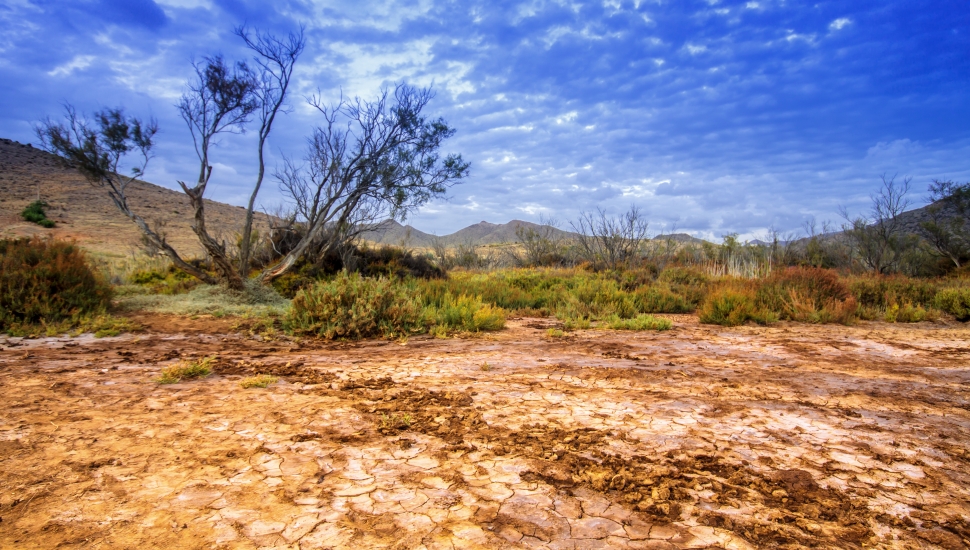
The summers are a little too hot to bear – although many still come and soak up the Spanish sunshine. In cooler months the area is ideal for enjoying hikes over several days and getting the sense of being in a true wilderness – of the most arid kind.
After staying in a delightful bed and breakfast in white-washed Rodalquilar, I spend a day trekking past the remnants of the area's long-gone gold mining industry – adding to the Wild West atmosphere. Sadly, I don't pick up any nuggets, but I find something arguably a lot prettier: the church of Cortijo del Fraile. This place provided the inspiration for Lorca's Blood Wedding. A woman who was due to marry a man she did not love eloped here with her true lover. The brother of the jilted man found the runaways in the church, murdering the man and beating the woman.
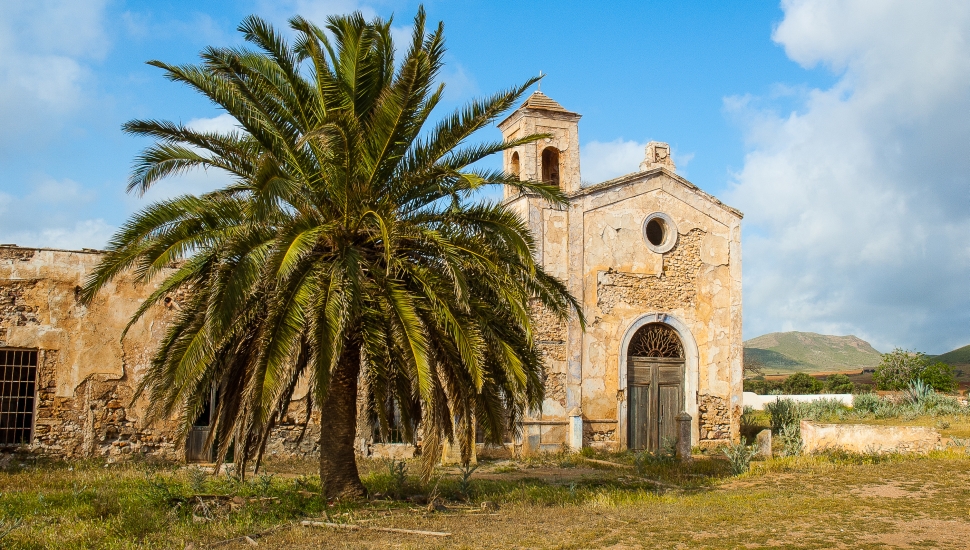
The fame of this play attracted film director Sergio Leoni, who chose to make his famed spaghetti westerns here. The backdrops used for For a Few Dollars More (1965) and The Good, the Bad and the Ugly (1966) are as good as anything in the real Wild West, thousands of miles away.
The next day I move away from Rodalquilar, and find the desolate beach of Cala del Carnaje, where I ascend an old lighthouse of Torre de los Lobos. From here I enjoy breath-taking views up and down the wild, rocky coast.
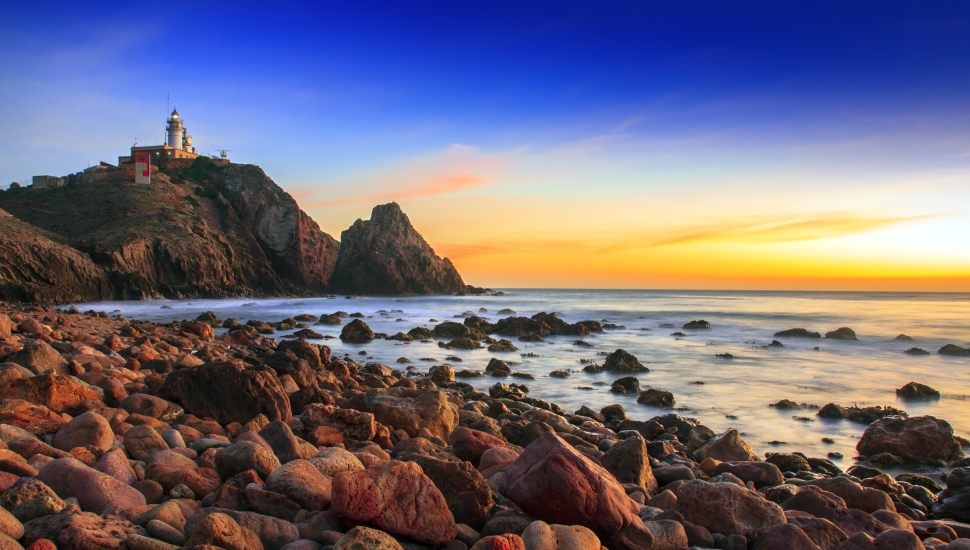
I realise then that I need more time to explore the many charms of this area.
The Belgian guesthouse owner assured me, however, that I should be heading for the stretch between Cabo de Gata and the village of San José. This is where I go next.
San José is as famous for its beaches as it is for the nerve of its citizens. One in particular, Doña Pakyta, resisted moves by outside entities to build hotels along this stunning coast. These fights took place throughout the Sixties and Seventies, ending up – so far at least – with victory for the village and the environment. This could have been the next high-rise tourist magnet, a la Benidorm or Torremolinos.
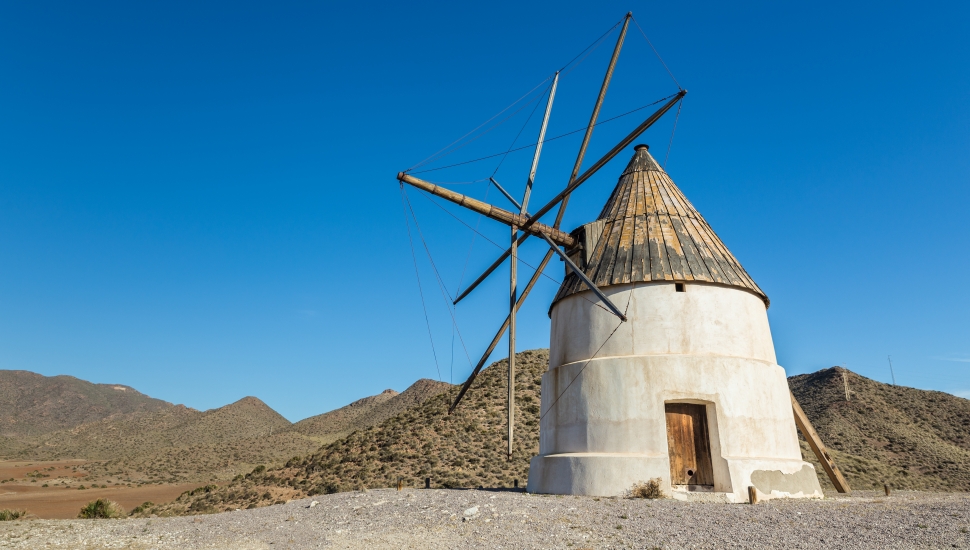
Aside from the natural beauty of this area, it's home to some very special Celto-Iberian goats – loved for their delicious and unique meat.
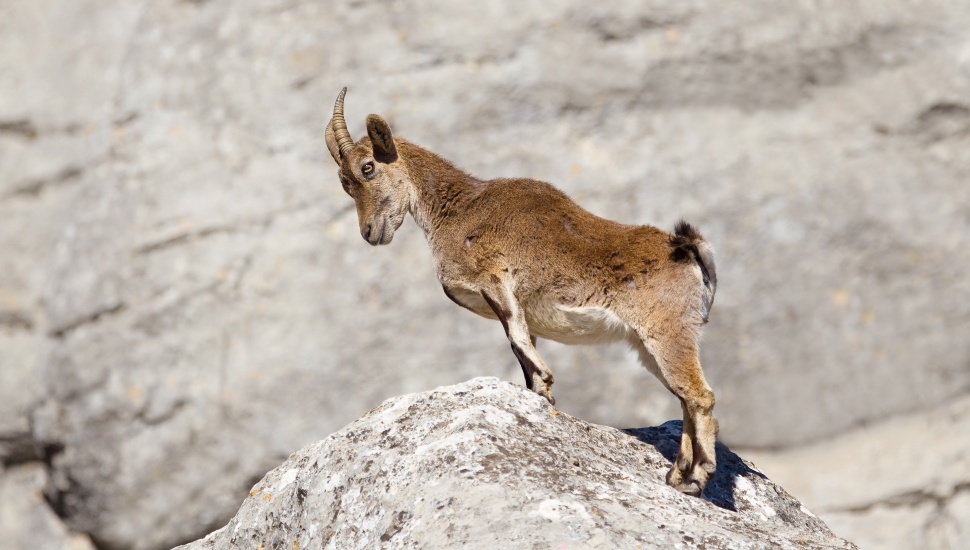
As my time here draws to a close, I see with my own eyes how special these lands are. One image emblazons itself on my retinas: a vast salt flat peppered with elegant flamingos.
I begin my epic trek to San José and feel even more enlivened by the lonely, beautiful beaches; each one composed of a unique colour of sand and hemmed in by jagged volcanic ridges.
It's one of the most enjoyable hikes I've ever completed and I feel truly privileged to have discovered it. Thanks to Doña Pakyta and the good citizens of San José, this remarkable, sweeping, cinematic landscape can still be enjoyed by anyone with a sense of adventure and a decent pair of walking boots.
Get a Quote